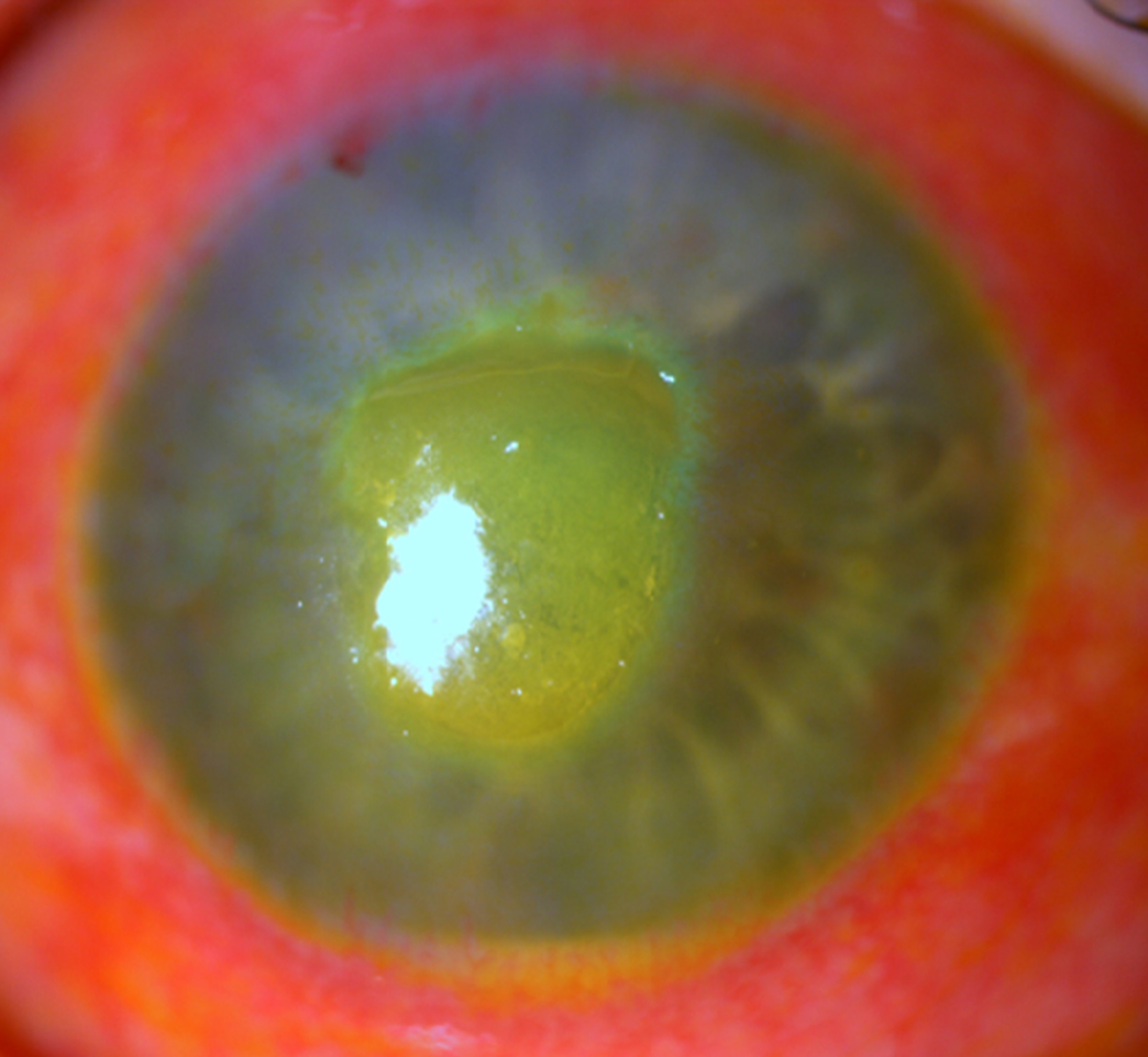Acanthamoeba keratitis: from pathophysiology to prevention – a contemporary clinical perspective
Medical hypothesis discovery and innovation in ophthalmology,
Vol. 14 No. 3 (2025),
27 September 2025
,
Page 146-162
https://doi.org/10.51329/mehdiophthal1528
Abstract
Background: Acanthamoeba keratitis represents a devastating corneal infection caused by free-living protozoan organisms. This condition has evolved from an extraordinarily rare disease to a significant public health concern, with increasing global incidence. The infection predominantly affects contact lens wearers and poses substantial diagnostic and therapeutic challenges. This narrative review aims to provide analysis of current knowledge regarding Acanthamoeba keratitis, including epidemiology, pathogenesis, diagnostic approaches, treatment strategies, and prevention methods, to guide clinicians in optimal patient management.Methods: This review was conducted through a literature search of PubMed-indexed journals from January 2000 to August 2025, incorporating current information on pathophysiology, clinical features, diagnosis, therapy, and outcomes of Acanthamoeba keratitis. Keywords included “Acanthamoeba keratitis”, “contact lens-related keratitis”, “Acanthamoeba diagnosis”, and “Acanthamoeba treatment”. English-language publications including original articles, reviews, case reports, and clinical studies were included based on relevance to current diagnostic and therapeutic practices, with an emphasis on recent advances in the field.
Results: Contact lens wearers comprised the vast majority of cases, with soft contact lens users representing the predominant affected population. Peak occurrence involves young adults aged 20–40 years, with water-based transmission through contaminated domestic supplies representing a significant risk pathway. Clinical manifestations commonly include epithelial abnormalities, stromal infiltration, and ring infiltrates in advanced cases. Traditional culture methods evidence limited sensitivity (33–67%), while advanced diagnostic approaches include polymerase chain reaction (PCR) and in vivo confocal microscopy (IVCM) achieving superior accuracy (sensitivity 77–100%, specificity 84–100%). First-line therapy employs biguanides and diamidines with prolonged administration. Advanced treatment options include oral miltefosine for refractory cases, azole antifungals, and surgical interventions ranging from epithelial debridement to corneal transplantation. Early diagnostic recognition represents the strongest predictor of visual recovery, with diagnostic delays associated with poor prognosis.
Conclusions: Acanthamoeba keratitis management requires high clinical suspicion, rapid diagnosis using advanced techniques such as IVCM and PCR, and prolonged antimicrobial therapy. Early diagnosis remains the most important predictor of visual recovery. Prevention through proper contact lens hygiene and water exposure avoidance is paramount. Future research priorities include development of novel antimicrobial agents and enhanced prevention strategies.

- Abstract Viewed: 0 times
- Full Text PDF Downloaded: 0 times


